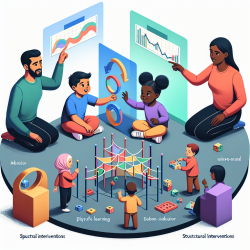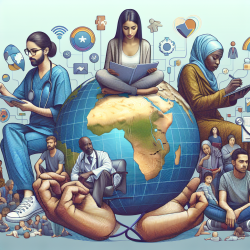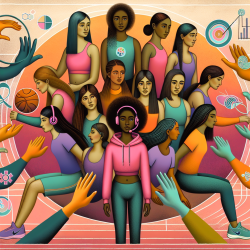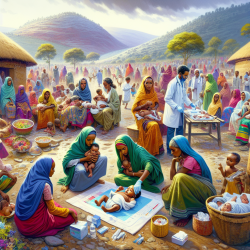Introduction
Marriage trafficking remains a complex and under-researched issue, especially in regions like the China-Vietnam border. This blog explores the findings of a qualitative study that sheds light on the demand, exploitation, and conducive contexts that facilitate marriage trafficking. By understanding these dynamics, practitioners can enhance their skills and contribute to combating this form of human trafficking.
Understanding the Demand for Marriage Trafficking
The study highlights that the local demand for marriage is deeply rooted in patriarchy and gender inequality. In many rural areas, marriage is perceived as a biological, cultural, and economic necessity. It ensures the continuation of family lineage, provides economic security, and conforms to social norms. This demand creates a fertile ground for the marriage trafficking market, where men seek wives to fulfill these roles.
Exploitation in Marriage Trafficking
Marriage trafficking is distinct from other forms of trafficking due to its unique forms of exploitation, including:
- Domestic Violence: Trafficked women often face sexual and physical abuse within marriage, which can be lifelong due to the private nature of domestic violence.
- Labor Servitude: Victims bear a double burden of domestic and agricultural work, often becoming the primary source of income for the family.
- Reproductive Slavery: Women have little control over their fertility, and their emotional attachment to their children creates barriers to escaping the trafficking situation.
The Role of Social Networks
The study also reveals how social networks, including middlemen, villagers, and local women's federations, contribute to the conducive context for marriage trafficking. Middlemen facilitate trafficking due to economic and emotional motivations, while villagers often display moral tolerance towards the practice. Women's federations, constrained by patriarchal norms, focus on integrating trafficked women into the community rather than helping them escape.
Implications for Practitioners
Practitioners can improve their skills by understanding the complex dynamics of marriage trafficking. Key takeaways include:
- Recognizing the unique forms of exploitation in marriage trafficking and distinguishing them from other trafficking forms.
- Addressing the cultural and social norms that perpetuate the demand for marriage trafficking.
- Engaging with local communities to change perceptions and reduce moral tolerance towards trafficking.
- Collaborating with local organizations to provide comprehensive support to trafficked women, including legal assistance and economic empowerment.
Conclusion
By delving into the intricacies of marriage trafficking, practitioners can develop more effective strategies to combat this issue. Further research and collaboration with local communities are essential to dismantle the social structures that enable marriage trafficking and support victims in reclaiming their agency.
To read the original research paper, please follow this link: Marriage Trafficking: Demand, Exploitation, and Conducive Contexts—A Study in China–Vietnam Border Areas










